Higher classification Acipenser | Phylum Chordata Family Acipenseridae Scientific name Acipenser baerii Rank Species | |
Similar Sturgeon, Acipenser, Russian sturgeon, Sterlet, Beluga | ||
Siberian sturgeon caviar in florida food curated hooked up channel
The Siberian sturgeon (Acipenser baerii) is a species of sturgeon in the Acipenseridae family. It is most present in all of the major Siberian river basins that drain northward into the Kara, Laptev and East Siberian Seas, including the Ob, Yenisei (which drains Lake Baikal via the Angara River) Lena, and Kolyma Rivers. It is also found in Kazakhstan and China in the Irtysh River, a major tributary of the Ob. The species epithet honors the German Russian biologist Karl Ernst von Baer.
Contents
- Siberian sturgeon caviar in florida food curated hooked up channel
- Siberian sturgeon acipenser baerii
- Taxonomy
- Description and population status
- Aquaculture
- References
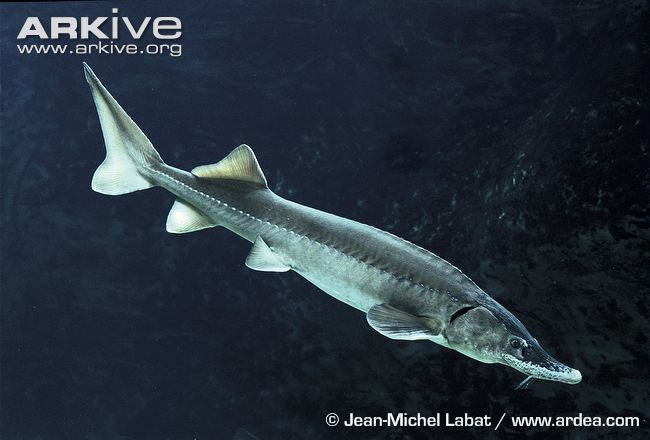
Siberian sturgeon acipenser baerii
Taxonomy
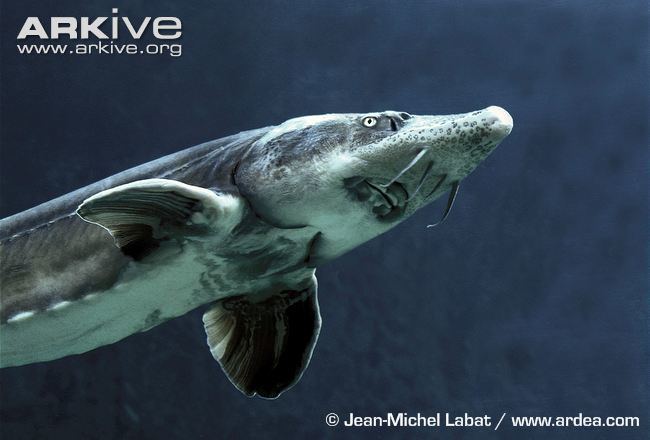
Siberian sturgeon is typically divided into two subspecies. However, recent studies suggest they may be monotypic, forming continuous genetically connected populations throughout their vast range.
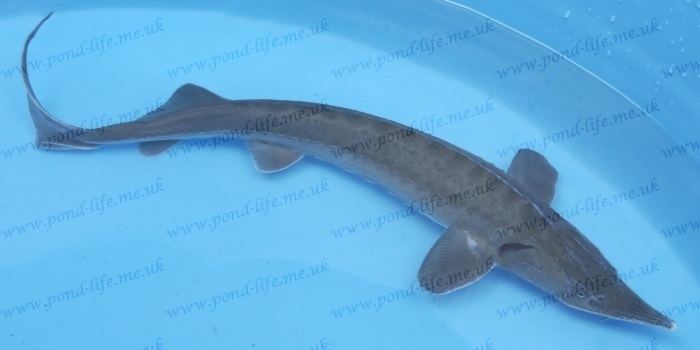
The nominate taxon (A. b. baerii) accounts for 80% of all Siberian sturgeon and resides in the Ob River and its tributaries. This subspecies migrates to mouth of the Ob during the winter due to seasonal oxygen deficiency, and swims thousands of kilometers upstream to spawn.
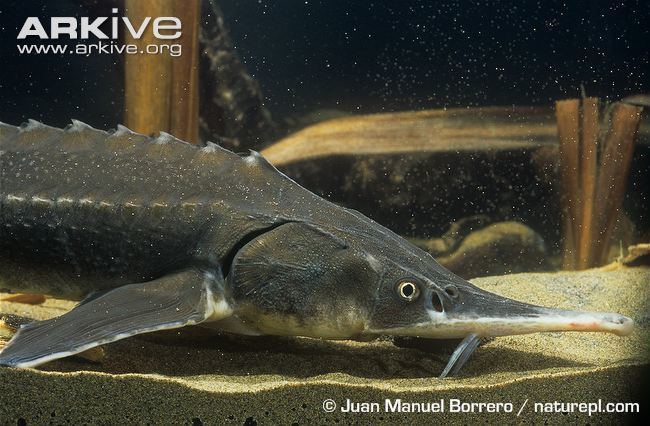
The subspecies A. b. baicalensis, known as the Baikal sturgeon, is a unique lake form found primarily in the northern end of Lake Baikal and migrates up the Selenga River to spawn.
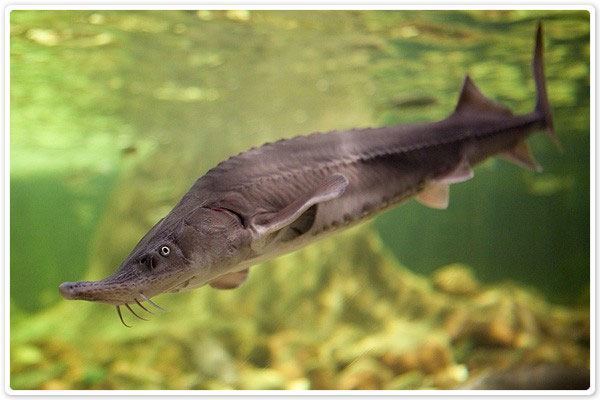
Once considered a third form, "A. b. stenorrhynchus" resides in the eastern Siberian rivers and displays two life history patterns: a more abundant migratory one which swims considerable distances (sometimes thousands of kilometers) upstream from estuaries and deltas to spawn, and a nonmigratory form. This form is now considered to be a junior synonym of A. b. baerii.
Description and population status

Siberian sturgeon usually weigh about 65 kg, with considerable variability between and within river basins. The maximum recorded weight was 210 kg. As with all other acipenserids, the Siberian sturgeon are long-lived (up to 60 years), and late to reach sexual maturity (males at 11–24 years, females at 20–28 years). They spawn in strong current main stem river channels over stone or gravel substrates.
The Siberian sturgeon feeds on a variety of benthic organisms, such as crustaceans and chironomid larvae.
The species had been in steep decline in its natural range due to habitat loss, degradation, and poaching. Up to 40% of the Siberian sturgeon spawning habitat has been made inaccessible by damming. High levels of pollution in certain places have led to significant negative impacts on the reproductive development of gonads.
Aquaculture
While wild catches have been generally declining, the Siberian sturgeon is increasingly farmed both for meat and to produce caviar from its roe. Because the Lena population of A. baerii completes its lifecycle in fresh water and sexually matures relatively early, it is the most common original broodstock for captive-bred specimens. The main producer of Siberian sturgeon caviar is France, while the largest meat producers are Russia and China.
